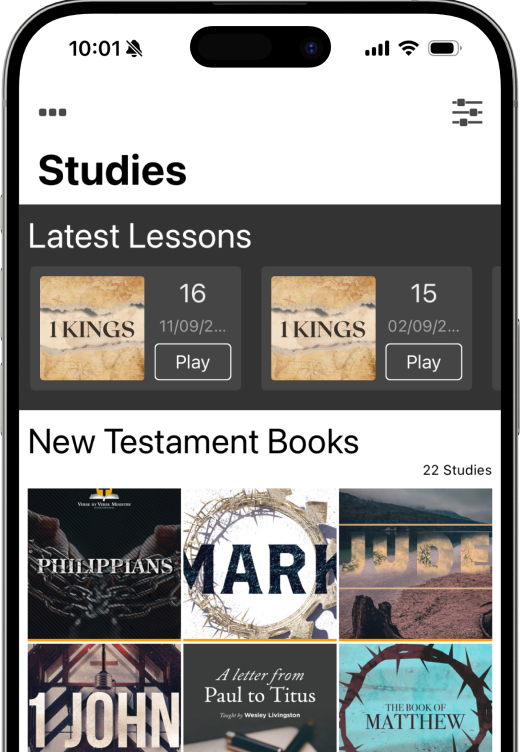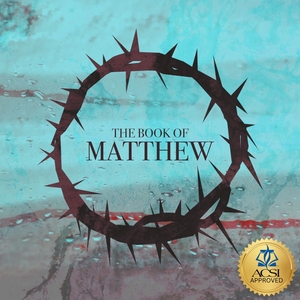Pastor Armstrong refers to Ezekiel 16 as an allegory. Other commentators call it a parable. Is there a difference as far as interpretation?
Though we are not experts in the differences between parables and allegories, Pastor Armstrong compares them this way:
A parable is a cohesive story in which all the characters and events work together to teach a single spiritual idea. On the other hand, an allegory is an illustration in which each element of the story represents a specific idea, and though the entire story works together, the importance of an allegory is in its individual elements.
For example, in the parable of the Prodigal Son, the story features numerous characters and events, yet we do not dissect the parable at that level. We don't search for specific meaning in a pig sty or in the killing of the fatted calf, etc. Instead, we see the entire story building toward a single, main idea at the end (i.e., the Father has limitless, unconditional forgiveness for those who repent).
Contrast that parable with the allegory Paul gives us in Galatians:
Gal. 4:22 For it is written that Abraham had two sons, one by the bondwoman and one by the free woman.
Gal. 4:23 But the son by the bondwoman was born according to the flesh, and the son by the free woman through the promise.
Gal. 4:24 This is allegorically speaking, for these women are two covenants: one proceeding from Mount Sinai bearing children who are to be slaves; she is Hagar.
Gal. 4:25 Now this Hagar is Mount Sinai in Arabia and corresponds to the present Jerusalem, for she is in slavery with her children.
Gal. 4:26 But the Jerusalem above is free; she is our mother.
Gal. 4:27 For it is written,
“REJOICE, BARREN WOMAN WHO DOES NOT BEAR;
BREAK FORTH AND SHOUT, YOU WHO ARE NOT IN LABOR;
FOR MORE NUMEROUS ARE THE CHILDREN OF THE DESOLATE
THAN OF THE ONE WHO HAS A HUSBAND.”
Gal. 4:28 And you brethren, like Isaac, are children of promise.
Gal. 4:29 But as at that time he who was born according to the flesh persecuted him who was born according to the Spirit, so it is now also.
Gal. 4:30 But what does the Scripture say?
“CAST OUT THE BONDWOMAN AND HER SON,
FOR THE SON OF THE BONDWOMAN SHALL NOT BE AN HEIR WITH THE SON OF THE FREE WOMAN.”
Gal. 4:31 So then, brethren, we are not children of a bondwoman, but of the free woman.
In the story of Sarah and Hagar, Paul finds an allegory. The characters in that story stand for individual aspects of a spiritual argument concerning faith vs Law. Notice, Paul is not applying the overall account of the events of Sarah and Hagar found in Genesis. Instead, Paul is using details of their lives to illustrate individual elements of his spiritual argument. For example:
Hagar = Mt. Sinai & the Law
Sarai = Heavenly Jerusalem, grace
Hagar's slavery = slavery under the Law, present day Jerusalem
Sarai's freedom = future Israel under the New Covenant
Ishmael = son born under law, persecutor of the free, cast out
Isaac = son born of the promise, free, in the family of God
Etc...
So a parable conveys a single idea while an allegory is a point-by-point illustration. Stories like the Chronicles of Narnia by C.S. Lewis are allegories, while stories like Aesop's Fables are parables. In the Bible there are many parables but few true allegories.
Scripture quotations taken from the (NASB®) New American Standard Bible®, Copyright © 1995, 2020 by The Lockman Foundation. Used by permission. All rights reserved. www.lockman.org







